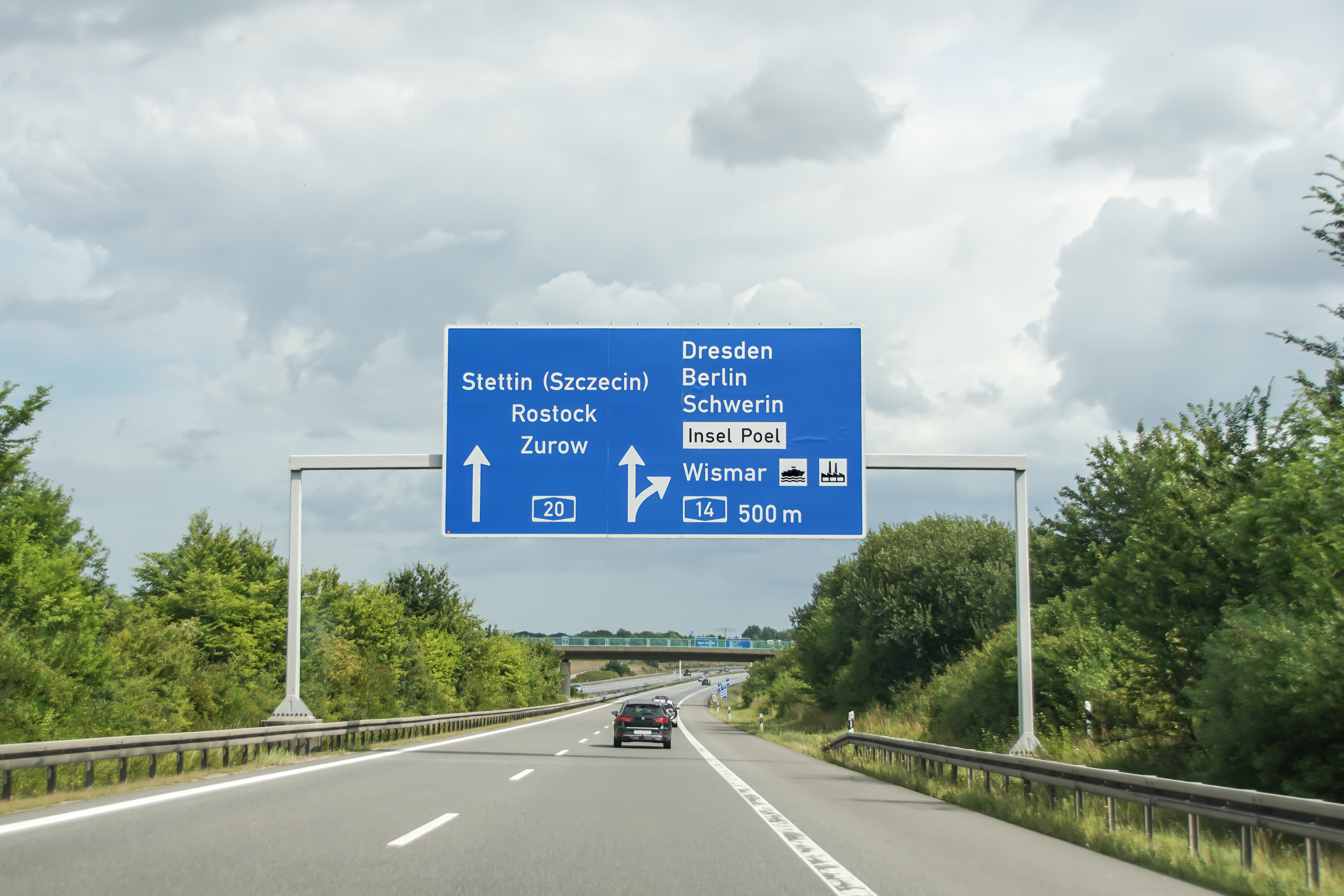Development of a wooden traffic sign bridge TTS - Bridge
Project background
By binding CO2 emissions in the long term and the substitution effects, building with wood can demonstrably advance as a key technology to counter global warming (Churkina et al. 2020). Strengthening the innovative power of the Bavarian economy in this area offers the opportunity to play a strong role in building with wood together with other timber construction countries as an active and effective contribution to climate protection, but requires continuous further development to expand and strengthen this position. In particular, traffic sign bridges made of wood as a green model for transport infrastructure can impressively demonstrate the performance of wood as a building material to the general public.
Project objective
As part of the small-scale project, the project partners are working closely together to develop an alternative timber engineering structure to the steel or aluminum traffic sign bridges that have been in use for decades. In the long term, traffic sign gantries made of wood should contribute to a transformation from primary energy-intensive building materials to the use of sustainable and regionally produced constructions in infrastructure buildings. The ongoing development process in timber construction offers the Bavarian timber construction landscape outstanding opportunities to increase the competitiveness and general acceptance of timber construction among the general public.
Project procedure
The project is divided into 6 work packages (WP), whereby project management and literature research/basic research are not declared as a separate WP.
WP 1: Structural design
WP 2: Investigations into structural timber protection
WP 3: Structural detailing
WP 4: Implementation of monitoring systems
WP 5: Preparation of prototype construction
Innovation
There is still no traffic sign bridge in Germany made primarily from wood. This project is therefore a step towards increasing the use of the renewable raw material wood in the previously neglected area of infrastructure construction. Innovatively developed composite cross-sections (e.g. glulam hybrid beams made of larch or robinia and spruce as well as detailed designs and coverings adapted to structural wood protection) are intended to meet the requirements of road maintenance in terms of performance, maintenance intensity and durability.
The adapted cross-section selection is supplemented by the identification of suitable data acquisition systems for climatic and material-inherent environmental and boundary conditions. These data acquisition systems form the basis for a more in-depth development of improved and more efficient designs and for an estimation of the possible service life, e.g. according to the dose-response model by Brischke C et al. (2019).
Project lead
T +49 (0) 8031 / 805 - 2477 Sebastian.Hirschmueller[at]th-rosenheim.de
ORCID iD: 0000-0002-1135-8732
Sub-project lead
T +49 (0) 8031 / 805 - 2387 johann.pravida[at]th-rosenheim.de
Project staff
T +49 (0) 8031 / 805 - 2859 matthias.mangertseder[at]th-rosenheim.de
leo.wehner[at]th-rosenheim.de
Project duration
2023-12-01 - 2025-01-31Project partners
Project funding



